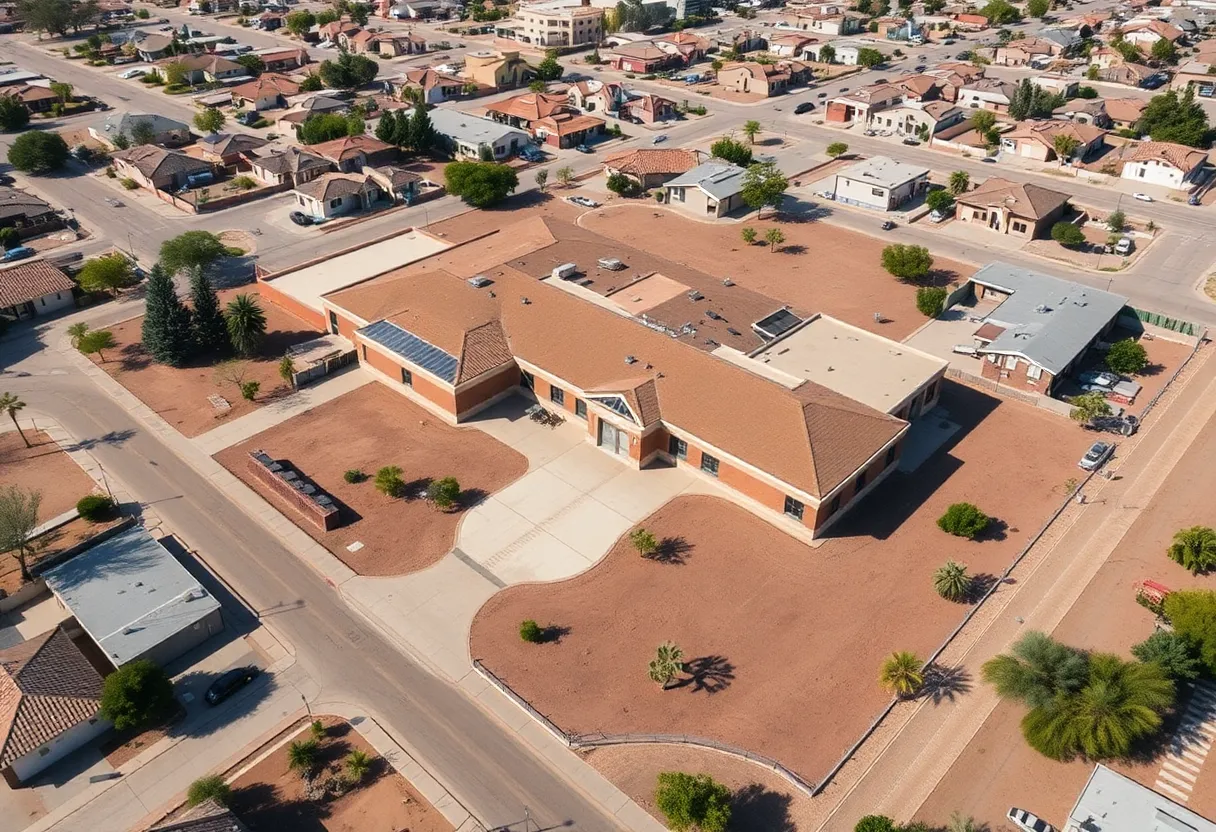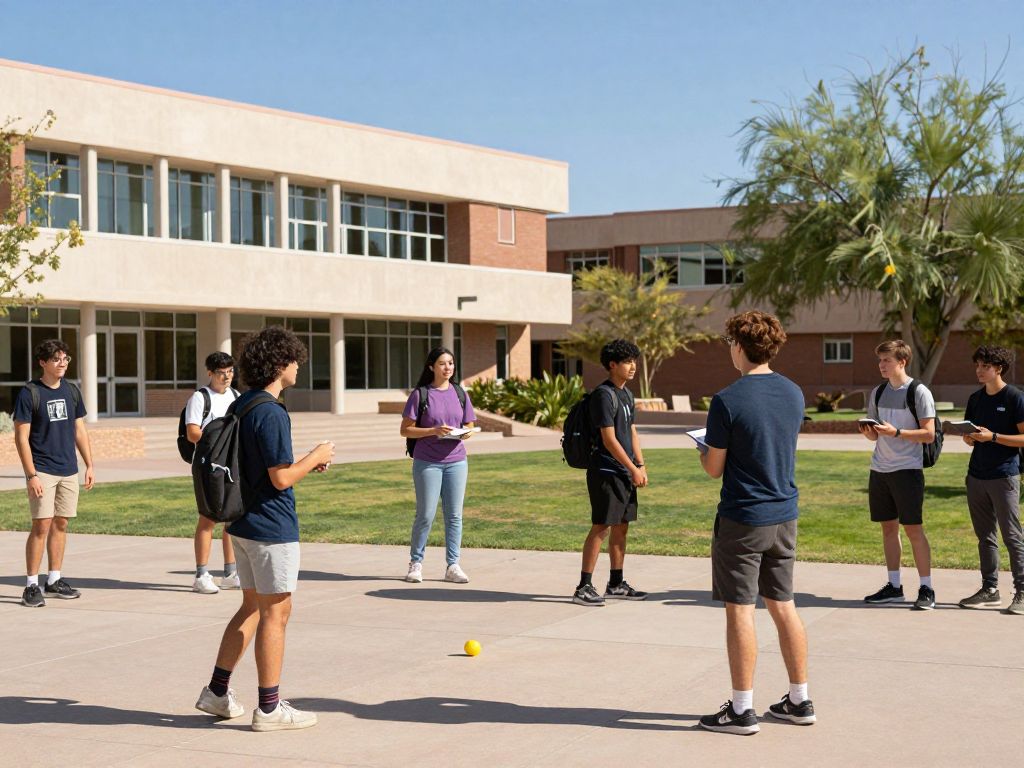Exploring the Impact of School Closures on Phoenix Communities
Understanding the Root Causes of School Closures in Phoenix
In recent years, Phoenix has experienced a notable increase in school closures, profoundly affecting local neighborhoods. Declining student enrollment plays a central role, driven by demographic shifts and the rising popularity of charter and private schools. As families opt for alternatives, traditional district schools face dwindling attendance and financial strain. For instance, districts such as Roosevelt Elementary have confronted severe budget deficits, resulting in multiple school shutdowns. This pattern underscores the shifting landscape of educational choice within the city.
Financial difficulties are further exacerbated by inadequate funding and misallocation of resources. Some districts operate under constrained budgets, making it impossible to sustain all schools. As funding diminishes, districts may resort to cuts, including closing schools to stay afloat. The ripple effect often extends beyond finances, impacting staffing, maintenance, and academic programs, which in turn influence community stability.
Immediate Economic Repercussions of School Closures
School closures lead to tangible economic repercussions for Phoenix communities. Property values frequently decline after an school vacates a neighborhood. This decrease reduces local tax bases, hindering investments in infrastructure and public services. When homes are devalued, municipalities face challenges in maintaining essential services such as road repairs, public safety, and sanitation.
Beyond real estate, local businesses suffer from diminished foot traffic. Establishments relying on school-related activity—such as after-school programs, local eateries, and retail stores—experience notable declines. The absence of students and staff decreases demand, which can threaten livelihoods and business sustainability. This economic downturn can become a feedback loop, further destabilizing the neighborhood.
Social Fragmentation and Community Disruption
Schools serve as more than academic institutions—they are vital community hubs that foster social cohesion. Their closure fragments social networks, leaving residents feeling disconnected. Social bonds built through school events, sports, and parent-teacher interactions dissipate, weakening neighborhood cohesion.
Displacement of students to other schools further complicates social dynamics. Larger, overcrowded classrooms strain resources and diminish the quality of education. Teachers face increased challenges managing diverse student needs, which potentially impacts student performance and well-being. Disrupted routines and unfamiliar environments can also cause emotional distress, especially among vulnerable student populations.
Educational Consequences and Long-Term Effects
The abrupt transition to new schools can cause academic setbacks. Students often face logistical hurdles, such as longer commutes and unfamiliar curricula. These challenges are particularly severe for students with disabilities or those requiring additional support services.
Persistent school closures in low-income and minority neighborhoods can deepen educational inequalities. These communities typically lack the resources to compensate for lost institutions, resulting in decreased college attendance and employment prospects over time. As educational gaps widen, social mobility becomes harder to achieve, perpetuating cycles of poverty.
Extended Community Implications
Beyond immediate educational concerns, long-term consequences include reduced civic engagement and weakened neighborhood identity. Schools often act as social anchors; their absence can lead to increased crime and deteriorating safety. Diminished community participation makes neighborhoods less resilient against socioeconomic challenges.
Economic disinvestment follows, as decreased neighborhood desirability discourages new residents and businesses. Over time, this cycle can hamper efforts to revitalize areas, leading to urban decay and diminished quality of life. The loss of schools deprives communities of vital social and developmental opportunities.
Policy Responses and Community Advocacy Efforts
In response, stakeholders advocate for policy reforms aimed at preventing future closures. Increasing and protecting educational funding is critical for ensuring school stability. Advocacy groups emphasize the importance of transparent budgeting processes and equitable resource allocation.
Community members mobilize through protests and public forums, demanding accountability and sharing strategies to maintain neighborhood schools. Some districts are exploring innovative approaches, such as financial restructuring, administrative reforms, and community partnerships, to sustain their schools and mitigate adverse effects.
Strategies for Mitigating the Impact of School Closures
Effective mitigation requires collaborative planning involving educators, policymakers, and residents. Strengthening community engagement enhances resilience and fosters shared ownership of local schools. Implementing targeted support programs assists displaced students, helping them adjust and thrive academically.
Investing in transportation infrastructure reduces logistical barriers for students commuting to distant schools. Additionally, developing alternative educational models like magnet programs or early education hubs can preserve neighborhood ties while broadening opportunities.
Long-term planning must prioritize equitable resource distribution to ensure that economically disadvantaged communities are not disproportionately affected. Policies should aim for sustainable school funding, community involvement, and accountability to promote community stability and educational excellence.
Key Considerations for Paving a Path Forward
- Equity in funding and resource allocation
- Enhanced community engagement and transparency
- Innovative educational models to retain neighborhood ties
- Comprehensive support services for displaced students
- Strategic economic investments to support neighborhood revitalization
Frequently Asked Questions (FAQs)
Why are many schools closing in Phoenix?
Schools close primarily due to declining student enrollment, financial constraints, and shifting demographics. Increased competition from charter and private schools also contributes to lower district attendance.
What economic impacts do school closures have on communities?
They often lead to decreased property values, lower tax revenues, and reduced local business activity. Neighborhoods may face decreased investments in infrastructure and public services subsequently.
How do school closures affect community cohesion?
Schools act as community hubs. Their closure disrupts social networks, weakens neighborhood identity, and can increase social isolation and crime rates.
What are the long-term educational effects of school closures?
Disruptions can cause academic setbacks, increase inequalities, especially in low-income neighborhoods, and hinder social mobility for affected students.
What strategies can help communities cope with school closures?
Strategies include increasing transparency in funding, enhancing community engagement, developing alternative educational models, providing targeted student support, and investing in local economic development.
Key Features of School Closure Impacts
| Aspect | Details |
|---|---|
| Causes | Declining enrollment, financial issues, demographic shifts, competition from charter/private schools |
| Economic Effects | Property value decline, reduced tax revenue, decreased local business sales, infrastructure underfunding |
| Social Impact | Social fragmentation, loss of community hubs, increased social isolation and neighborhood disintegration |
| Educational Consequences | Disrupted learning environments, increased inequalities, challenges for vulnerable students |
| Long-term Community Effects | Diminished neighborhood identity, increased crime, reduced civic engagement, economic disinvestment |
| Mitigation Strategies | Community involvement, equitable funding, innovative educational approaches, comprehensive student support, economic development |
Author: STAFF HERE PHOENIX WRITER
The PHOENIX STAFF WRITER represents the experienced team at HEREPhoenix.com, your go-to source for actionable local news and information in Phoenix, Maricopa County, and beyond. Specializing in "news you can use," we cover essential topics like product reviews for personal and business needs, local business directories, politics, real estate trends, neighborhood insights, and state news affecting the area—with deep expertise drawn from years of dedicated reporting and strong community input, including local press releases and business updates. We deliver top reporting on high-value events such as the Waste Management Phoenix Open, Cactus League Spring Training, and Arizona State Fair. Our coverage extends to key organizations like the Greater Phoenix Chamber of Commerce and Visit Phoenix, plus leading businesses in technology and healthcare that power the local economy such as Intel and Banner Health. As part of the broader HERE network, including HERETucson.com, we provide comprehensive, credible insights into Arizona's dynamic landscape.





